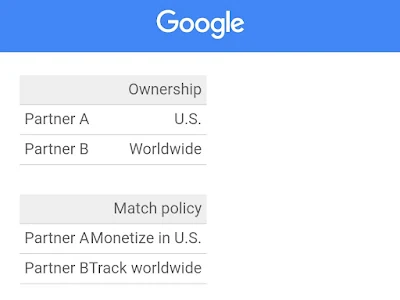Financial Preparedness: Safeguarding Your Future
Why Financial Preparedness Matters
 |
| Financial Preparedness |
Americans from all socioeconomic backgrounds have faced the arduous task of rebuilding after disasters or emergencies. Accessing personal financial, insurance, medical, and other vital records becomes essential for a swift and efficient recovery process.
Practical Steps for Financial Security
 |
| Financial Security |
Building a Financial Safety Net
Emergency Savings: Establish an emergency savings account to tap into during crises.
Cash Reserves: Keep a small sum of cash in a secure location at home, prioritizing small denominations. This becomes crucial when ATMs and credit card systems experience disruptions during disasters.
Insurance Coverage: Secure property (homeowners or renters), health, and life insurance if not already in place. Regularly review policies to ensure coverage aligns with potential hazards and adequate sums insured. Remember that standard homeowners insurance often excludes flood damage. Consider supplemental flood insurance through the National Flood Insurance Program.
Organizing Essential Documents
 |
| Documents |
Emergency Financial First Aid Kit (EFFAK): Utilize the EFFAK, a collaborative resource from Operation HOPE and FEMA, to guide your financial preparedness efforts and mitigate the financial impact of disasters.
Secure Storage: Safeguard crucial documents in a safety deposit box, external drive, or cloud storage for easy access during emergencies. Exercise caution when sharing sensitive financial information like bank account details, Social Security numbers, and credit card numbers.
Essential Documents Checklist:
1. Household Identification:
* Photo ID for each household member.
* Birth certificates.
* Social Security cards.
* Military service records.
* Pet ID tags.
2. Financial and Legal Records:
* Housing payment records.
* Insurance policies.
* Income sources documentation.
* Tax statements.
3. Medical Information:
* Physician contact information.
* Copies of health insurance cards.
* Immunization records.
* Medication lists.
4. Insurance Information:
* Maintain a comprehensive inventory of insured property.
5. Household Contact List:
* Banking institutions.
* Insurance agents.
* Healthcare providers.
* Essential service providers.
* Place of worship contact.
Navigating Financial Challenges During Emergencies
 |
| Emergency Plans |
Loan Payment Difficulties: In the event of financial hardship affecting loan repayments, promptly communicate with your bank to explore available options before missing payments or deviating from loan terms.
Government Assistance: Explore government-funded unemployment, healthcare, and food and nutrition benefits as potential supplements to income or savings.
Online and Mobile Banking: Opt for online and mobile banking services, if feasible, to maintain social distancing while conducting financial transactions.
Protecting Yourself from Scams
 |
| Scam Protection |
Information Security: Exercise caution when sharing personal financial information, including bank account numbers, Social Security numbers, or credit card details.
Online Vigilance: Refrain from clicking on links embedded in texts or emails from unknown senders.
Government Communications: Be aware that government agencies will not initiate contact via phone, text, or social media to request money or discuss economic impact payments.
Report Suspicious Activity: Report any suspicious communications from individuals claiming to be government agents to the Federal Trade Commission (FTC) at ftc.gov/complaint.
Promoting Financial Preparedness in the Workplace
Organizations can play a crucial role in fostering financial preparedness among employees. Here are some strategies:
Brown Bag Meetings:Organize informal lunchtime sessions to discuss financial preparedness tips.
Staff Meeting Presentations: Dedicate time during staff meetings to present on financial preparedness using resources like "Safeguard Critical Documents and Valuables."
Newsletter Features: Include financial preparedness information and resources in internal newsletters.
Additional Resources
*Consumer Financial Protection Bureau Worksheet (PDF)
* Financial Emergency Information Sheet (PDF)
* Financial Preparedness Toolkit
* Be Prepared for a Financial Emergency (PDF)
* Emergency Financial First Aid Kit (EFFAK) (PDF)
* Emergency Financial First Aid Kit (EFFAK) checklists and forms (PDF)
* Emergency Financial First Aid Kit (EFFAK) Large Print (PDF)
* Prepare your Finances for a Natural Disaster (Video)
* Safeguard Critical Documents and Valuables (PDF)
* Operation HOPE
* Download the FEMA mobile app
* National Flood Insurance Program
* DisasterAssistance.gov
* Financial Literacy Education Commission
* https://www.mymoney.gov/
* https://www.consumerfinance.gov/


.webp)
.webp)
.webp)
.webp)
.webp)
.webp)
.webp)




.webp)
.webp)
.webp)
.webp)

.webp)
.png)
.webp)























